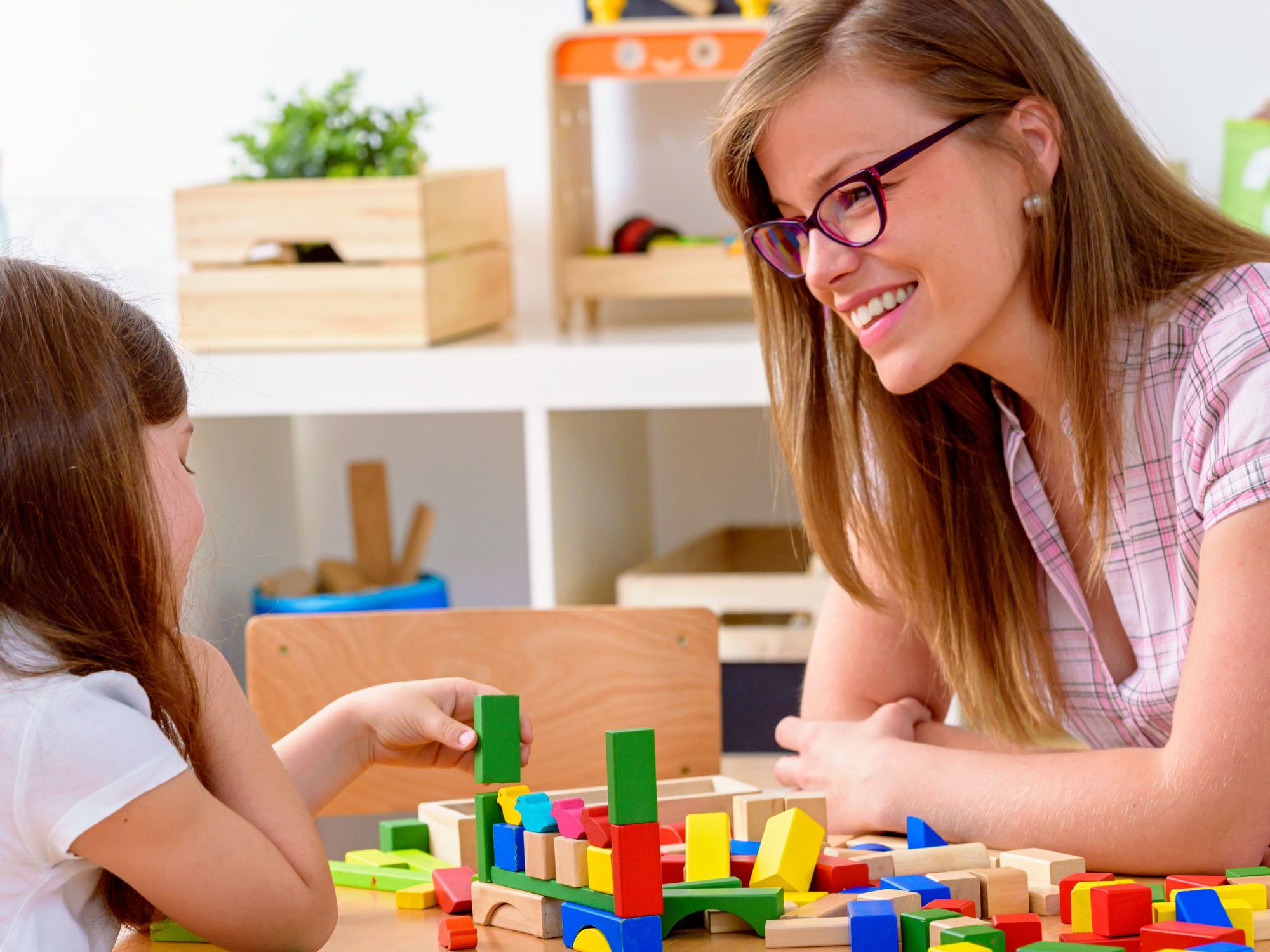Risks to child care workers

- Workers in child care facilities may be exposed to unvaccinated children with measles.
- There is a high rate of vaccine coverage for measles in most parts of the U.S.
In child care facilities and schools, workers may be exposed to unvaccinated children with measles. Like anyone with measles, children can spread the virus to others through breathing, coughing, and sneezing, as well as through infectious body fluids (e.g., respiratory secretions, saliva).
There is very little data available about measles infection among child care workers, especially because vaccine coverage in the United States is high. In 2010, 91.5 percent of children aged 19-35 months had received one dose of measles, mumps, and rubella (MMR) vaccine; during 2009-2010, 94.8 percent of kindergartners had received two vaccine doses; and in 2010, 90.5 percent of adolescents had received two vaccine doses. Pockets of unvaccinated individuals affect these vaccination statistics.
Activities that can lead to child care worker exposure include:
- Being near a child with measles, especially when the infected child is coughing or sneezing.
- Working in an environment where an infected child or coworker is or has been within the previous two hours.
- Wiping a child’s nose or mouth.
- Handling toys or utensils.
- Feeding a child.
- Providing first aid.
- Cleaning or otherwise having contact with environmental surfaces contaminated with an infected person’s infectious body fluids (i.e., respiratory secretions, saliva).
